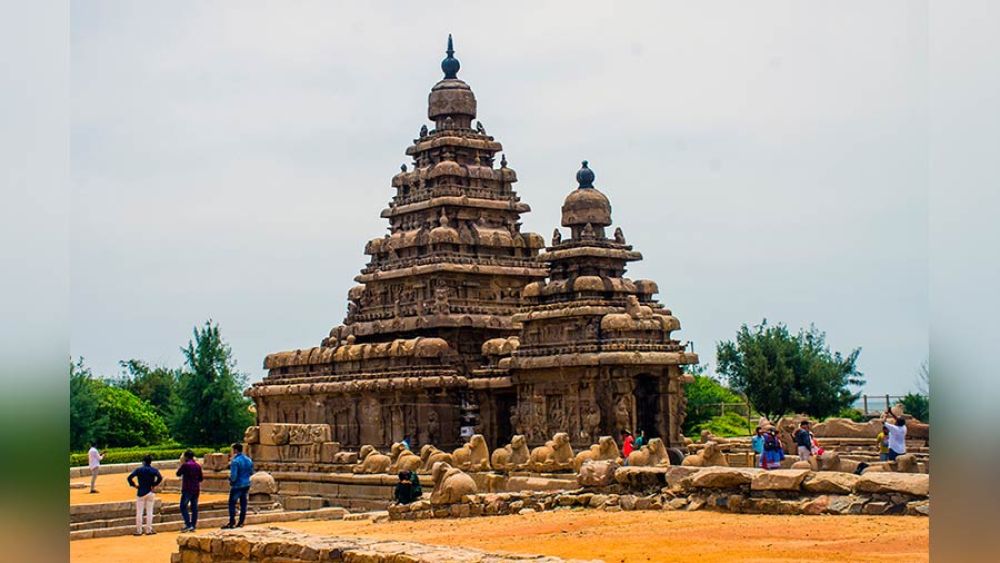

The town of Mahabalipuram, also known as Mamallapuram, situated along the Coromandel Coast of the Bay of Bengal in Tamil Nadu, India, is renowned for its historical monuments and temples built during the Pallava dynasty. Among its architectural marvels, the Shore Temple stands out as a pinnacle of Dravidian architectural sophistication. The history of tourism at this UNESCO World Heritage site is as fascinating as the temple itself.
Constructed in the 7th century under the patronage of the Pallava king Narasimhavarman II, also known as Rajasimha, the Shore Temple is one of the earliest significant structural stone temples of South India. Unlike the rock-cut architecture that was predominant prior to its construction, the Shore Temple is a complex of three temples, housed within a complex that showcases the progression to structural building techniques.
The Shore Temple began attracting visitors from around the world long before the age of modern tourism. Accounts of early foreign travelers, including Chinese Buddhist monk Hiuen Tsang and various European travelers throughout the centuries, offer evidence of the site’s longstanding allure. Their chronicles contributed to the temple's fame, piquing the curiosity of others and planting the seeds of tourism in Mahabalipuram.
It was during the British colonial period in the 19th century that Mahabalipuram and the Shore Temple started gaining popularity among Western tourists. Archaeological studies and restorations began at this time, leading to more systematic preservation efforts and historical research. Modern tourism in Mahabalipuram really took off after the Indian government dedicated resources to preserve and promote the region's heritage in the post-independence era.
With international recognition as a World Heritage Site by UNESCO in 1984, the Shore Temple has witnessed a significant growth in tourist interest. Visitors are drawn not only to the Shore Temple's architectural beauty and seaside setting but also to the larger group of monuments in Mahabalipuram, which exhibit some of India's most remarkable rock-cut art.
In recent years, sustainable tourism has become a key trend. This has led to efforts to protect the coastal and marine ecosystem around the Shore Temple while enhancing visitor experience through improved facilities and services. Light and sound shows, cultural events, and educational tours have been introduced as part of the tourist offerings.
The allure of the Shore Temple extends beyond its physical beauty to encompass a storied history that has consistently attracted travelers from across the globe. As the world of tourism evolves, Mahabalipuram continues to adapt, offering an enchanting blend of the ancient and the contemporary for discerning travelers.